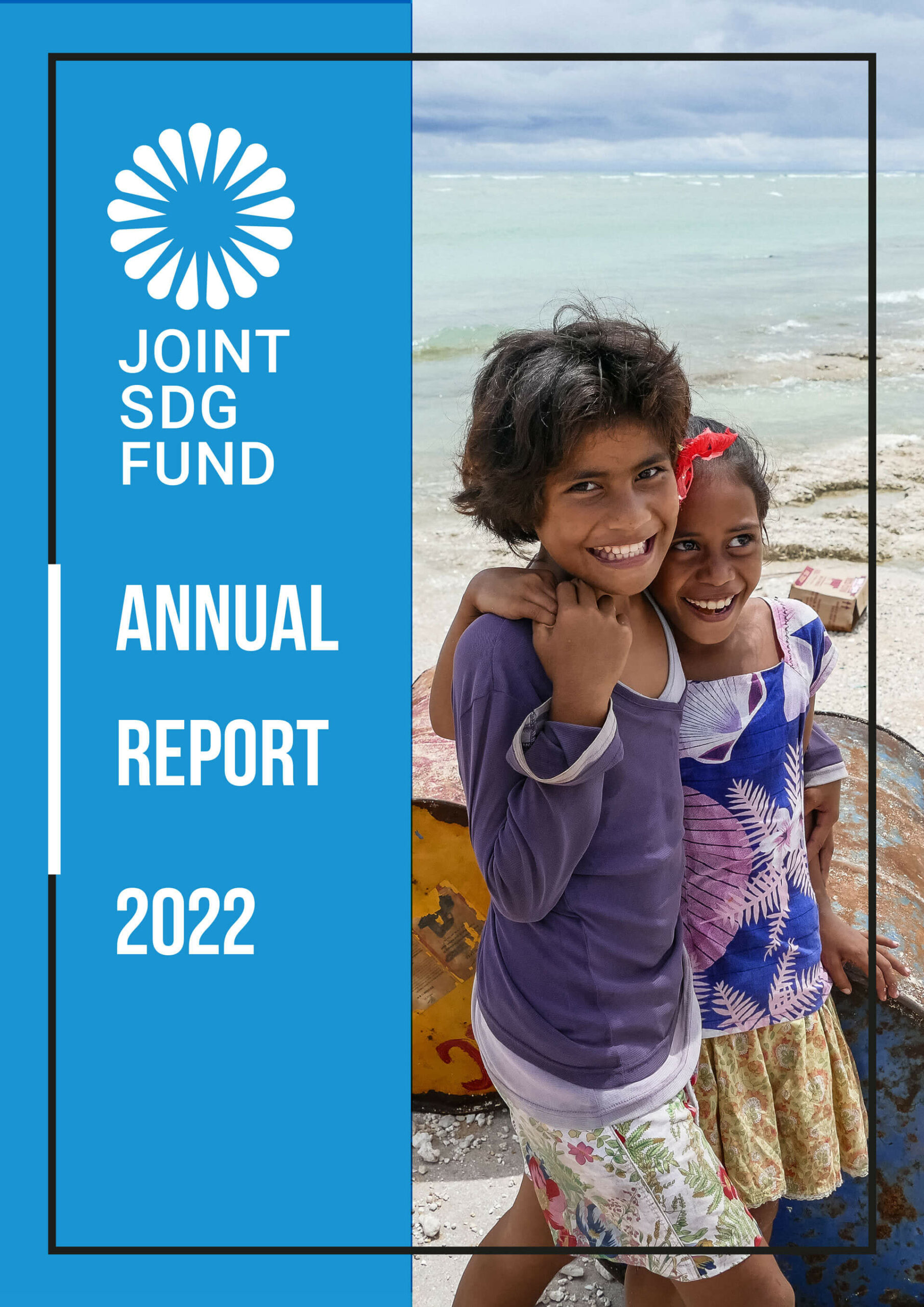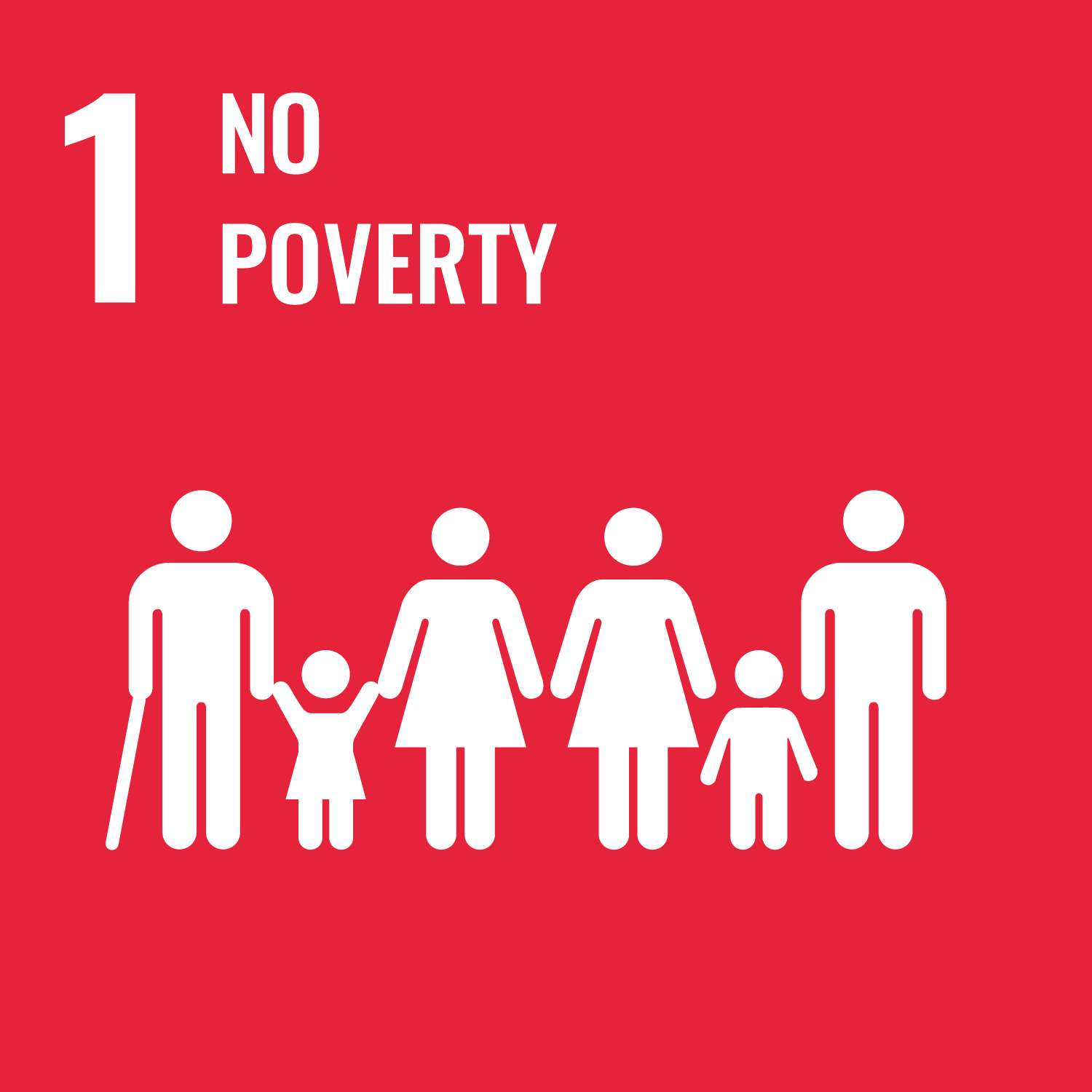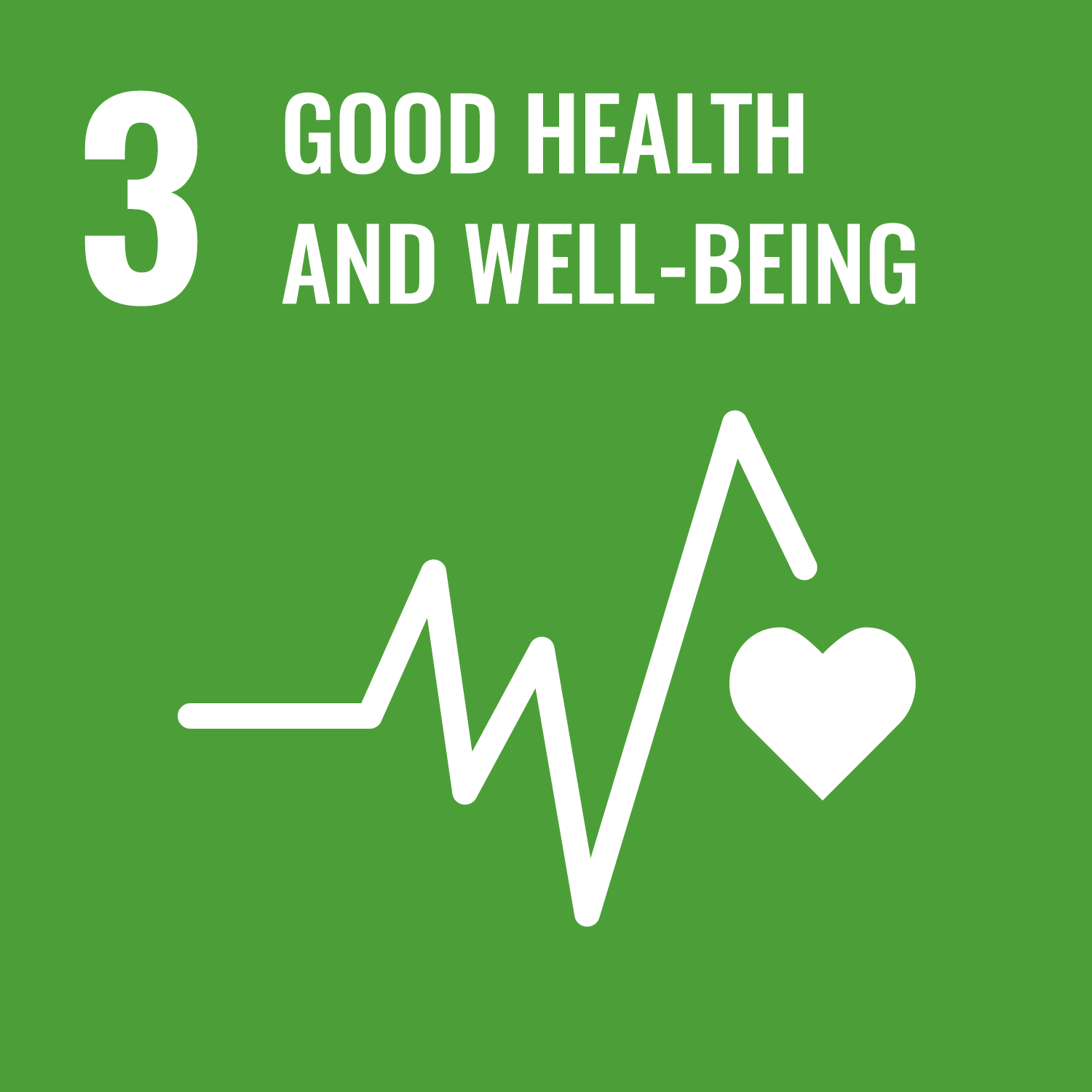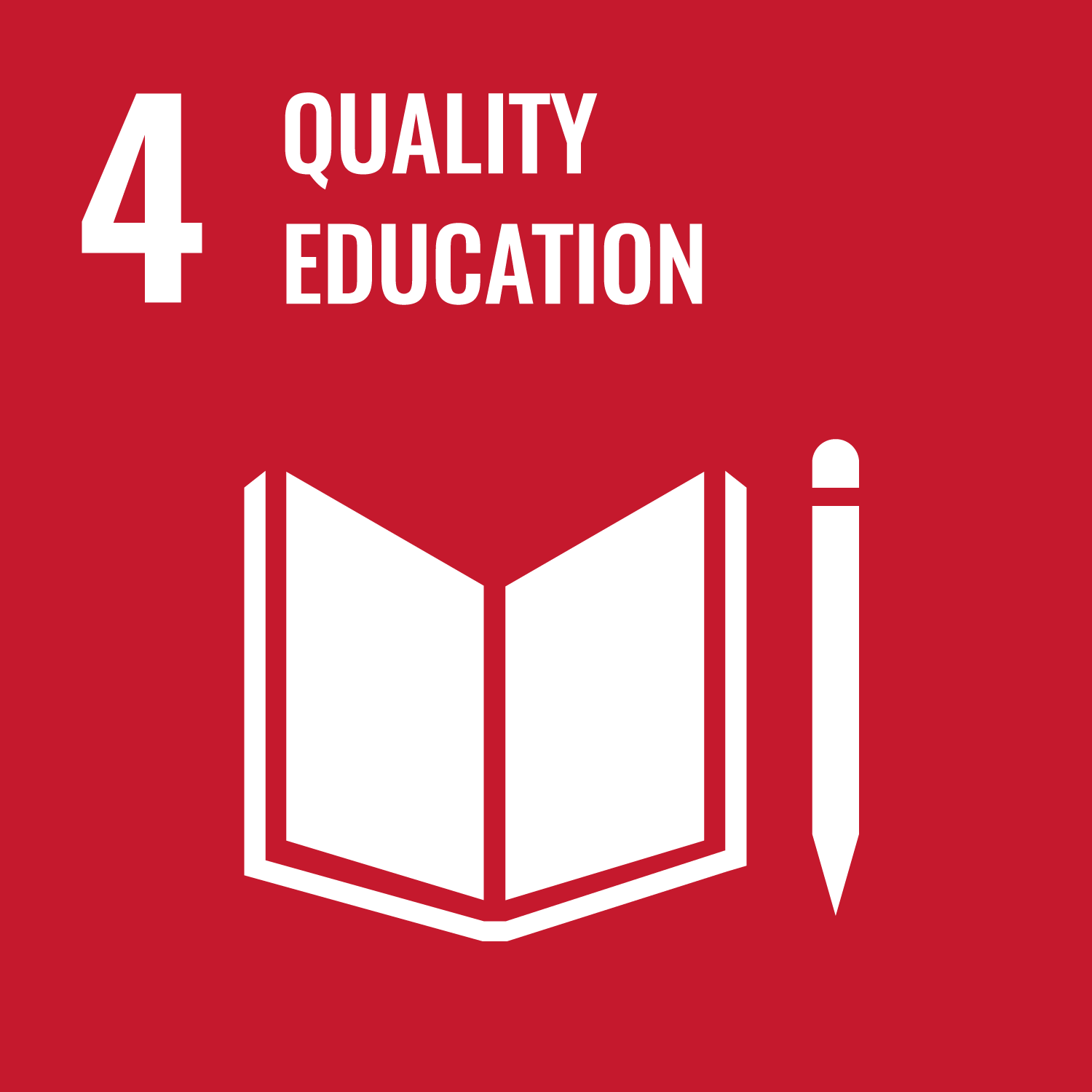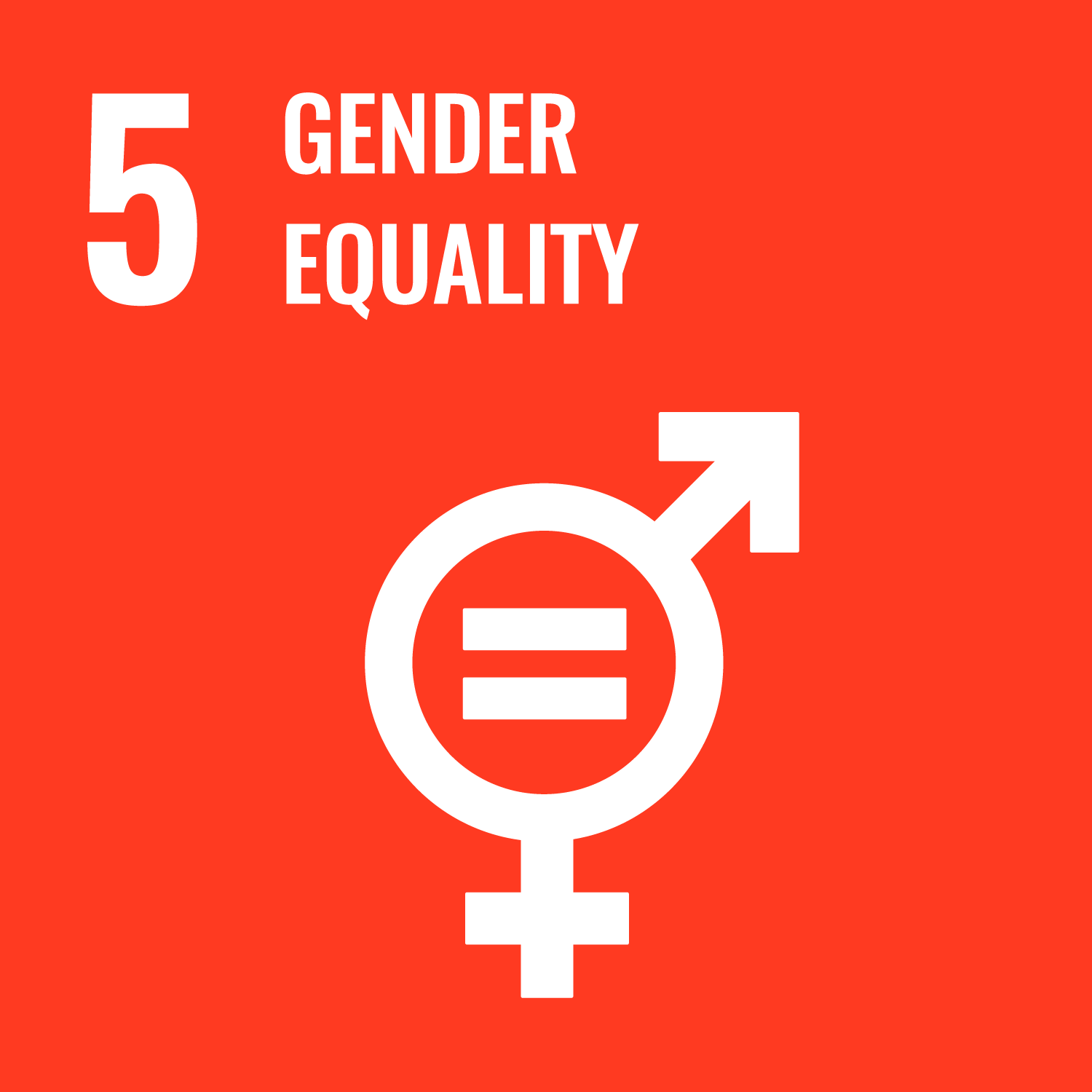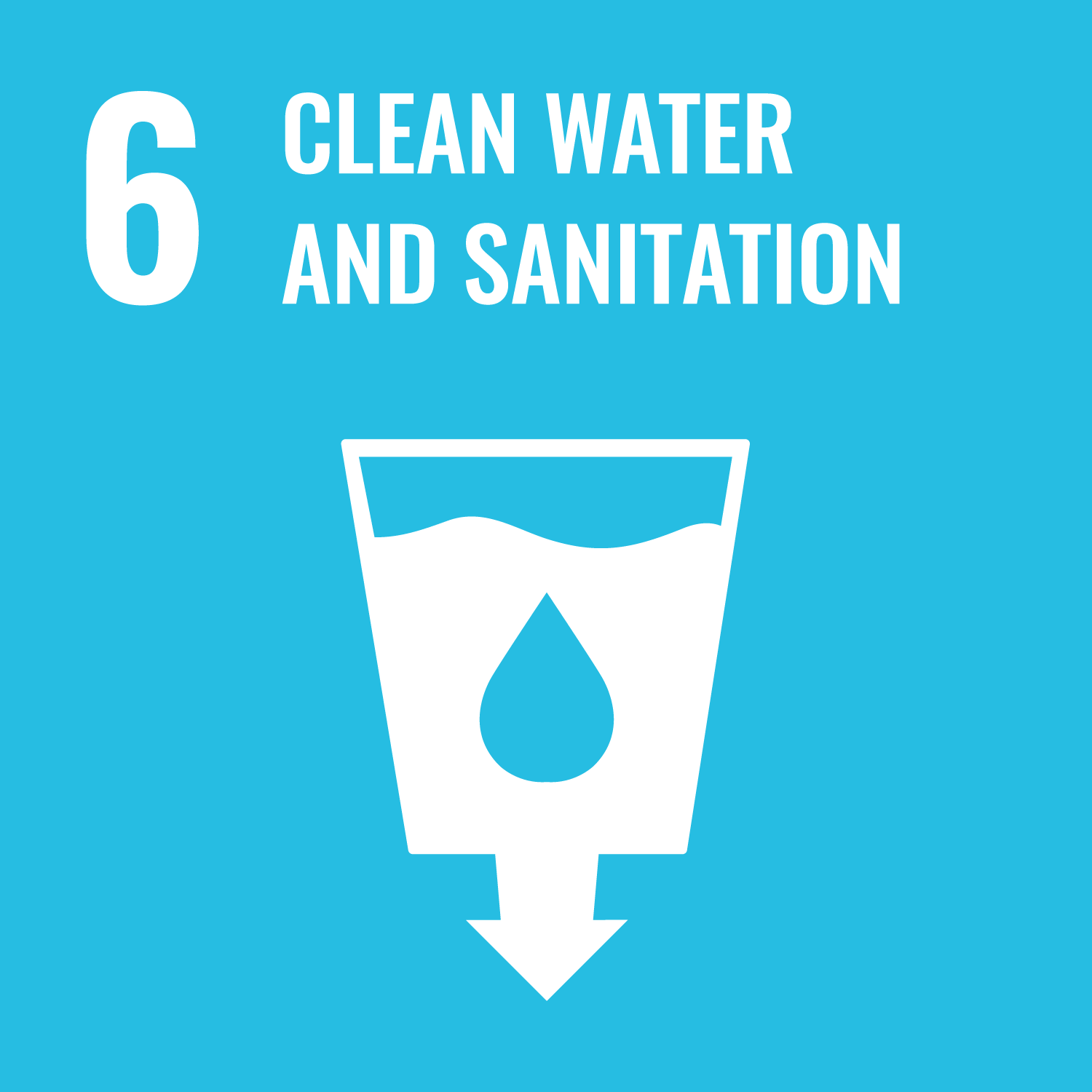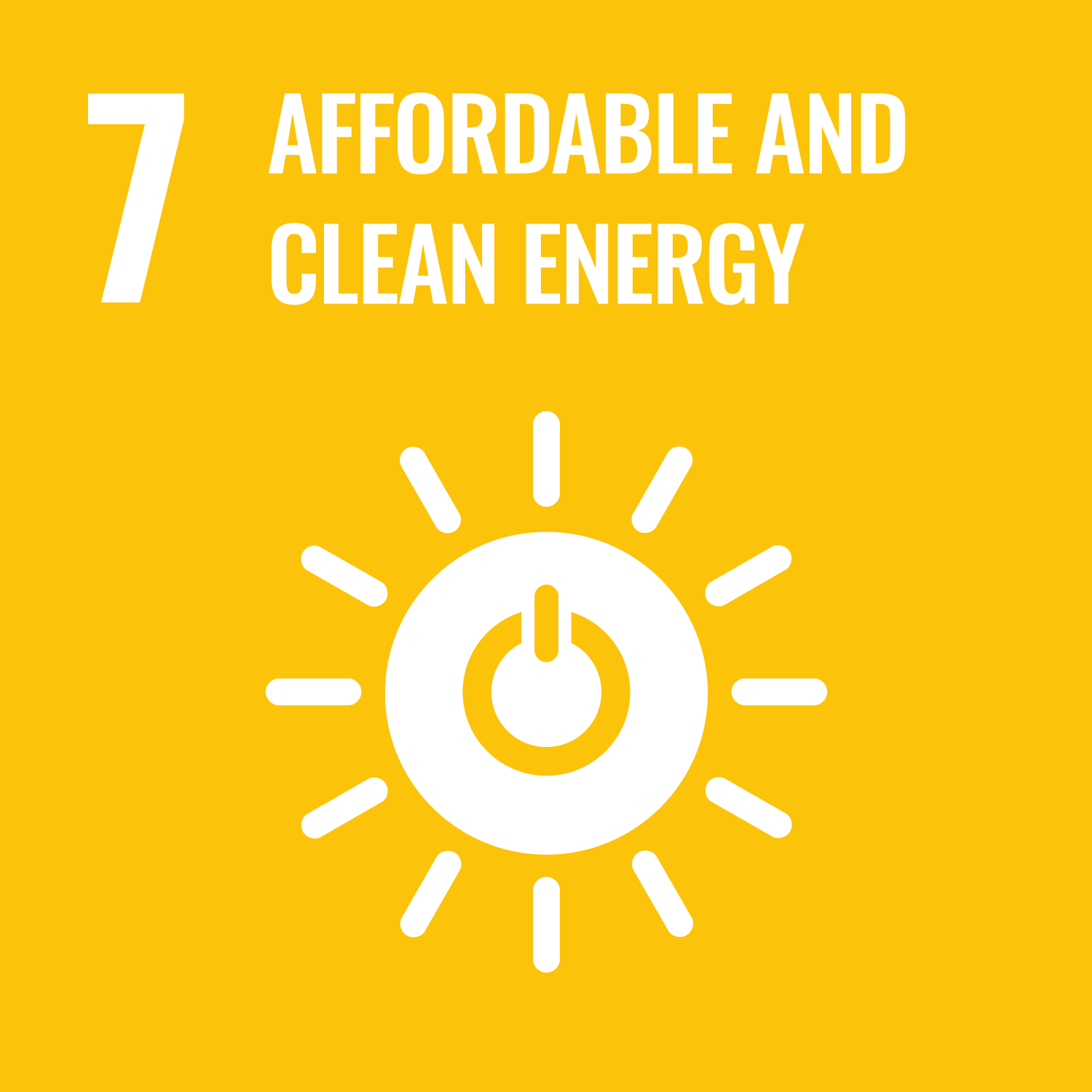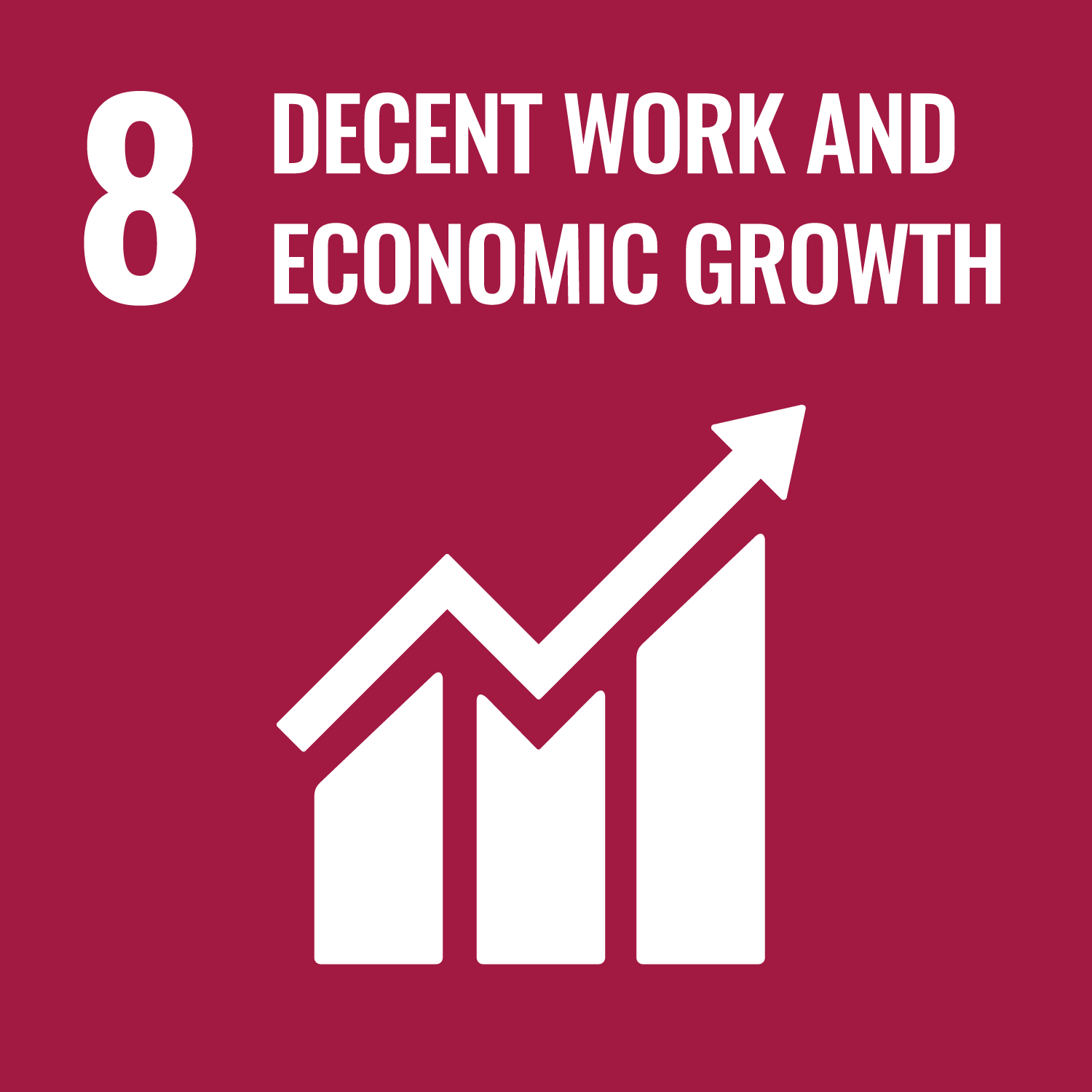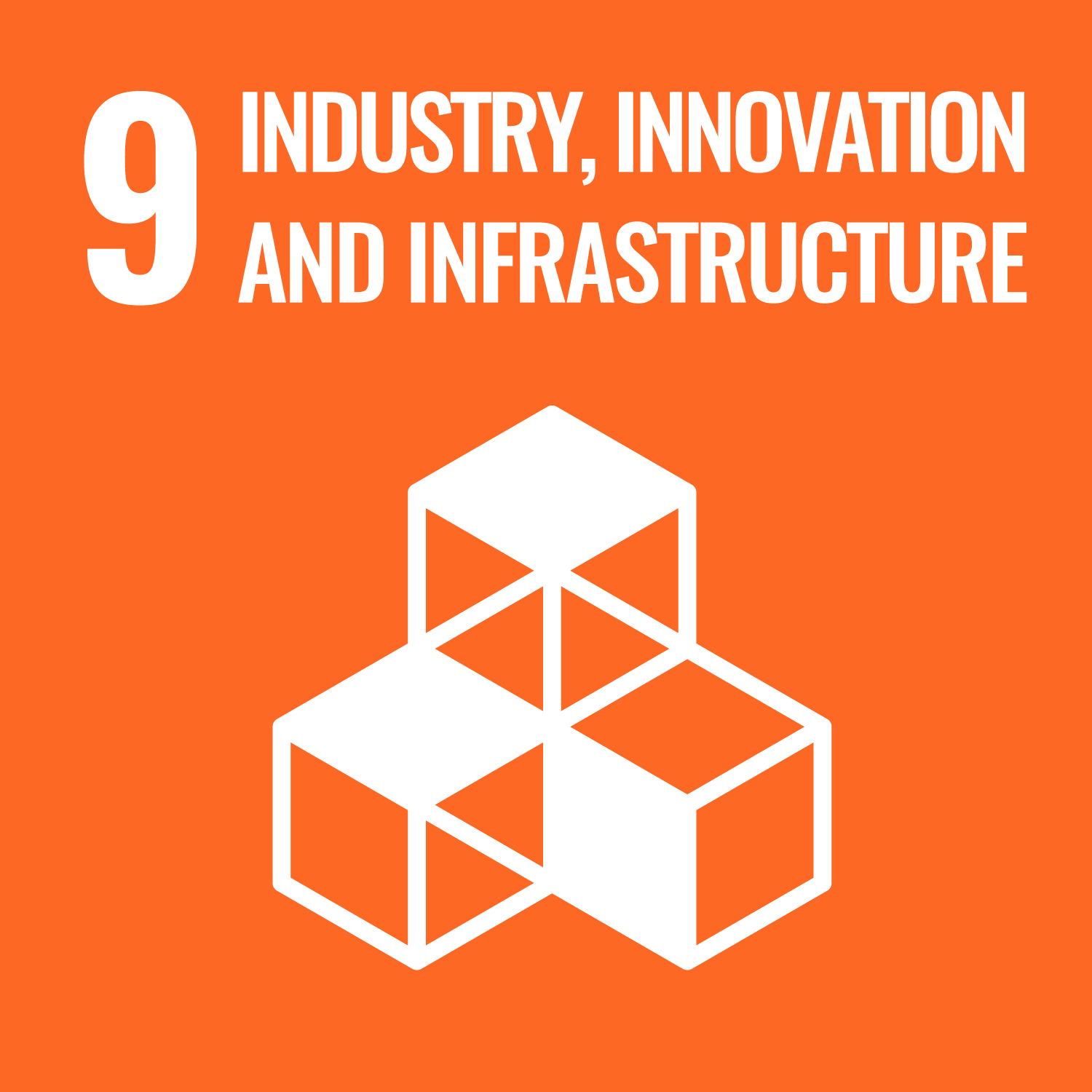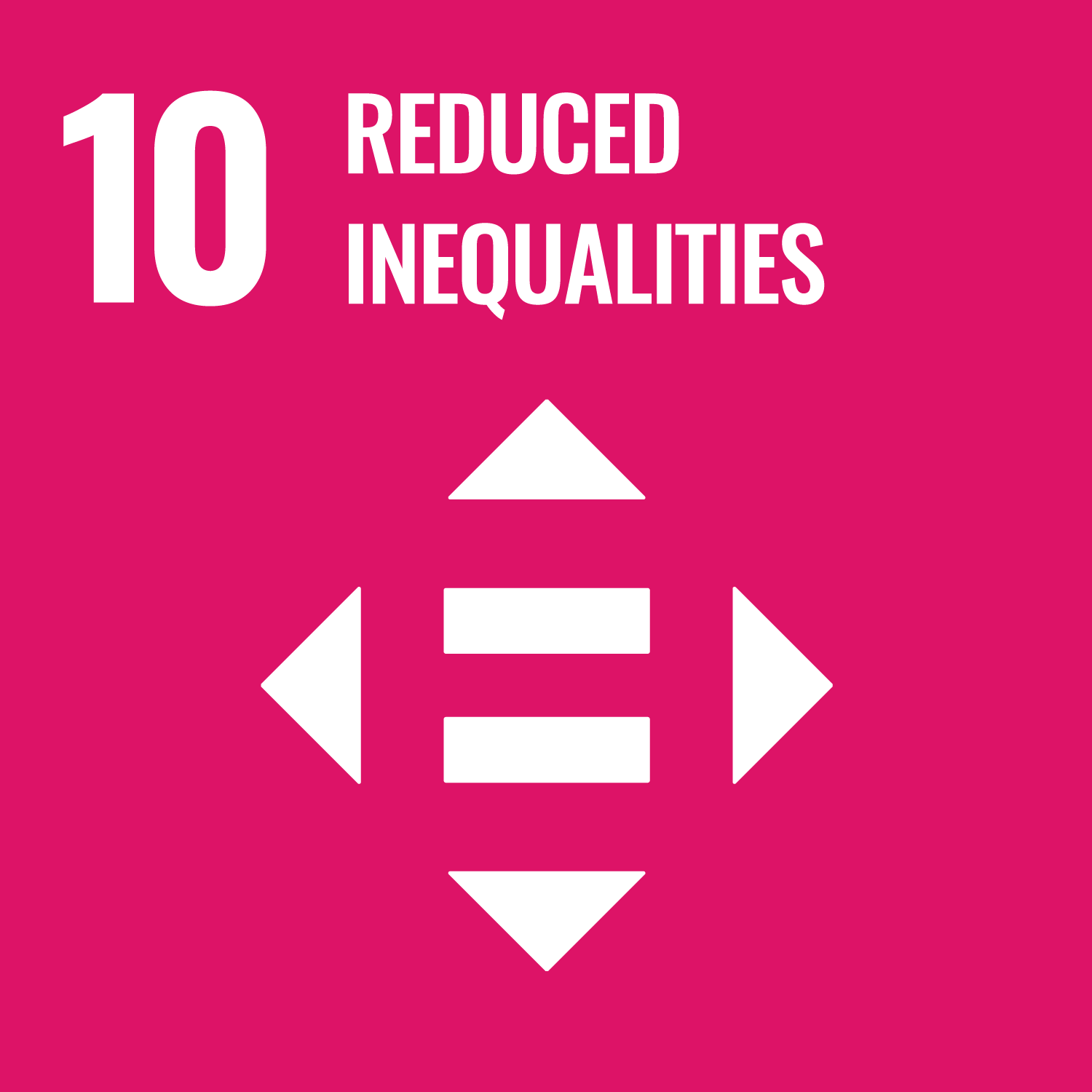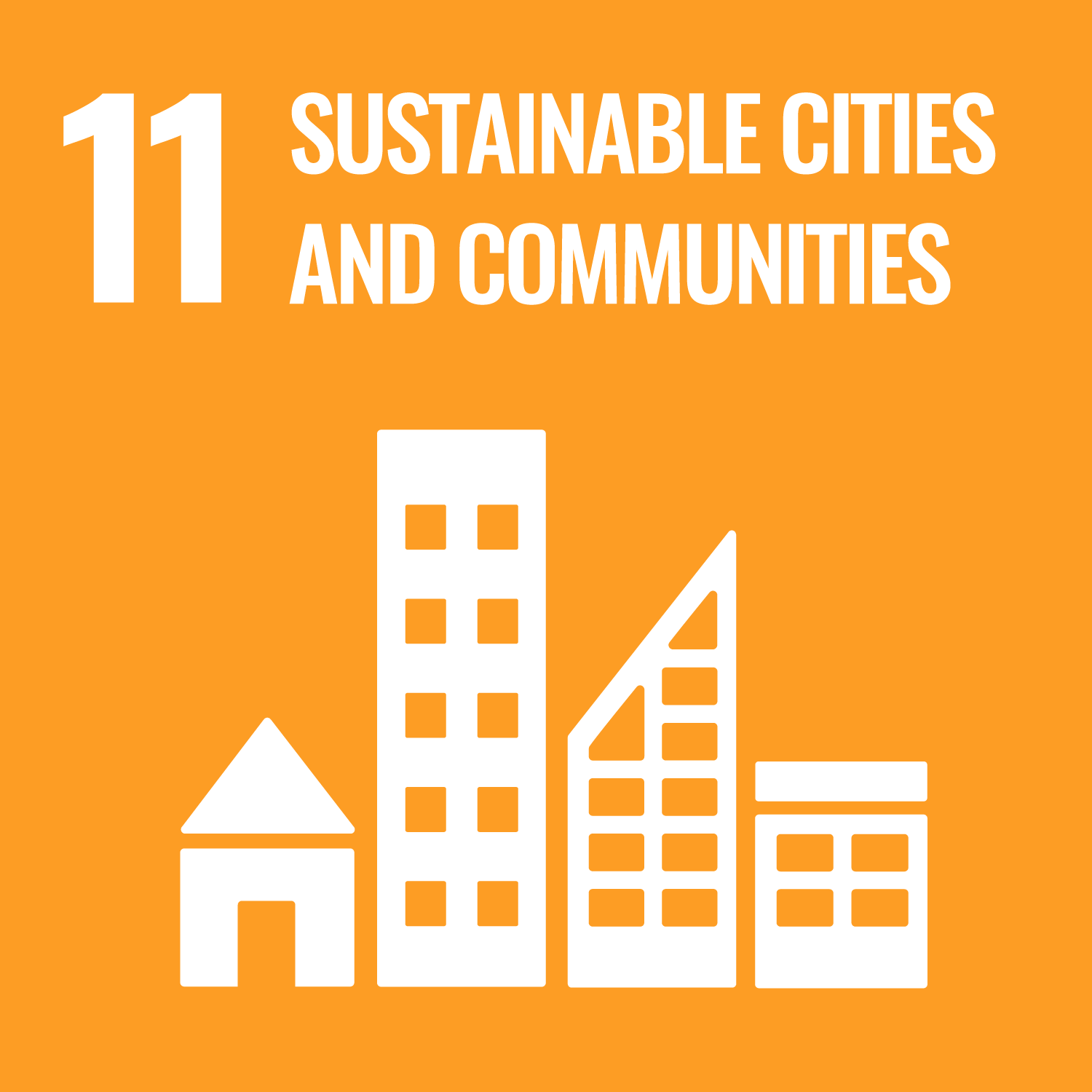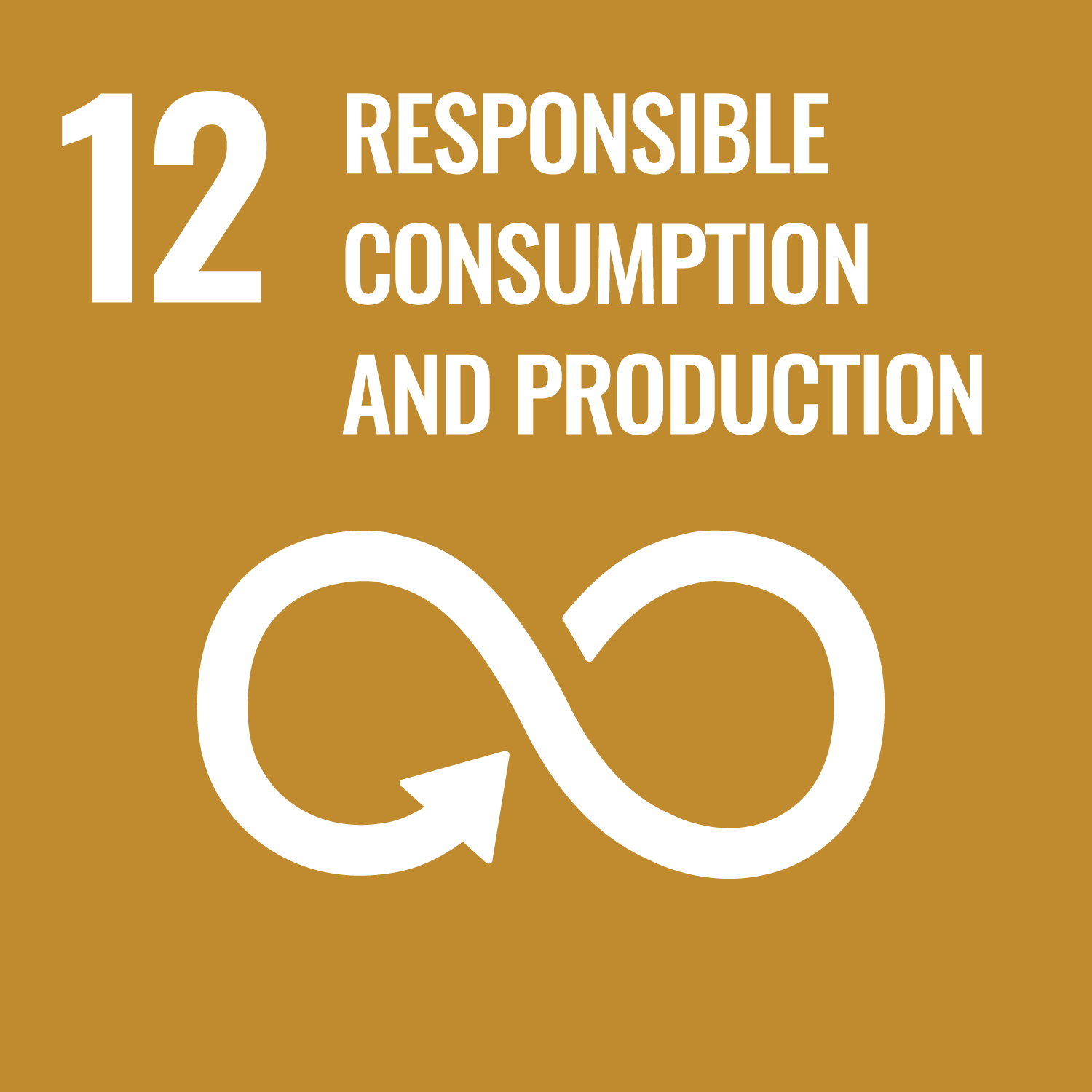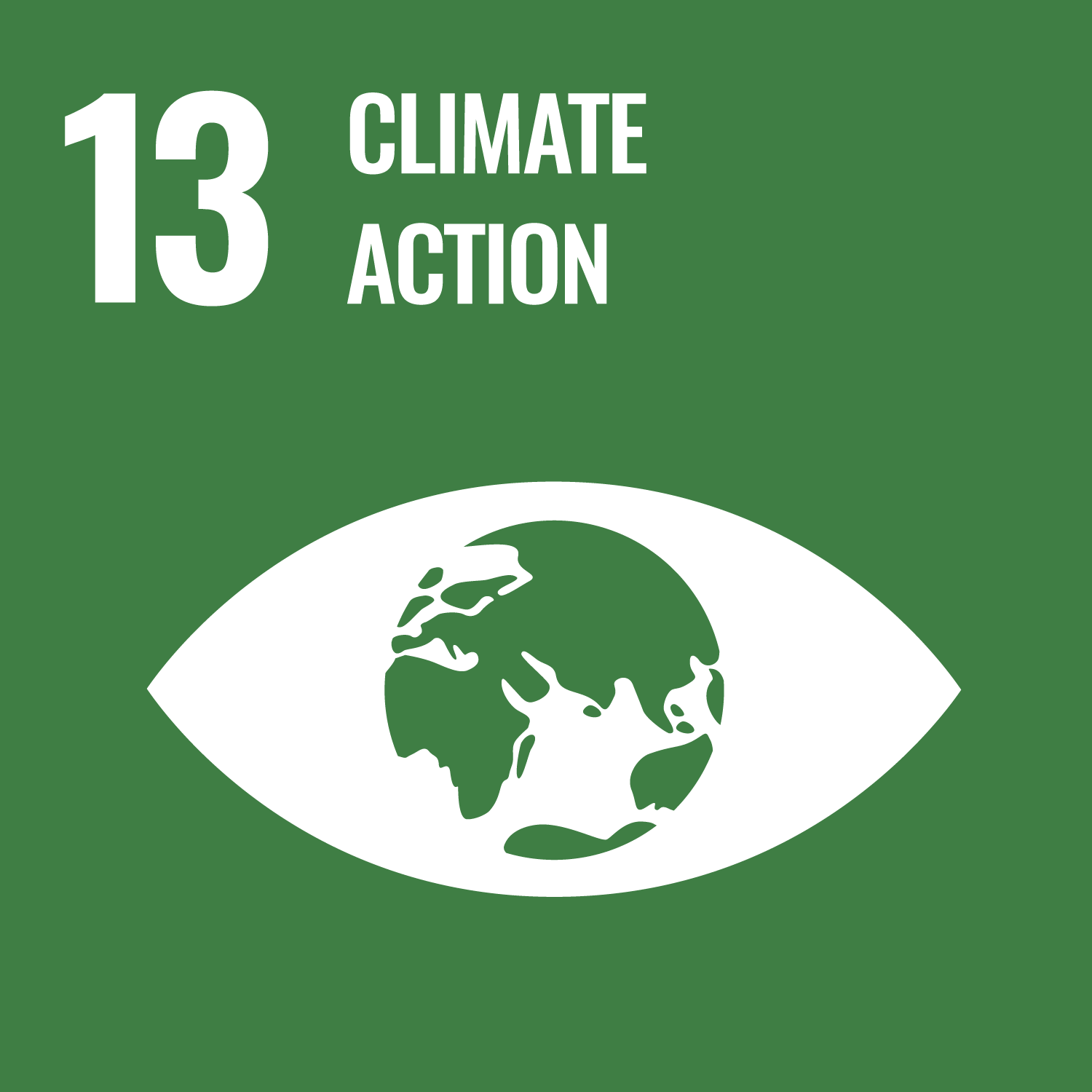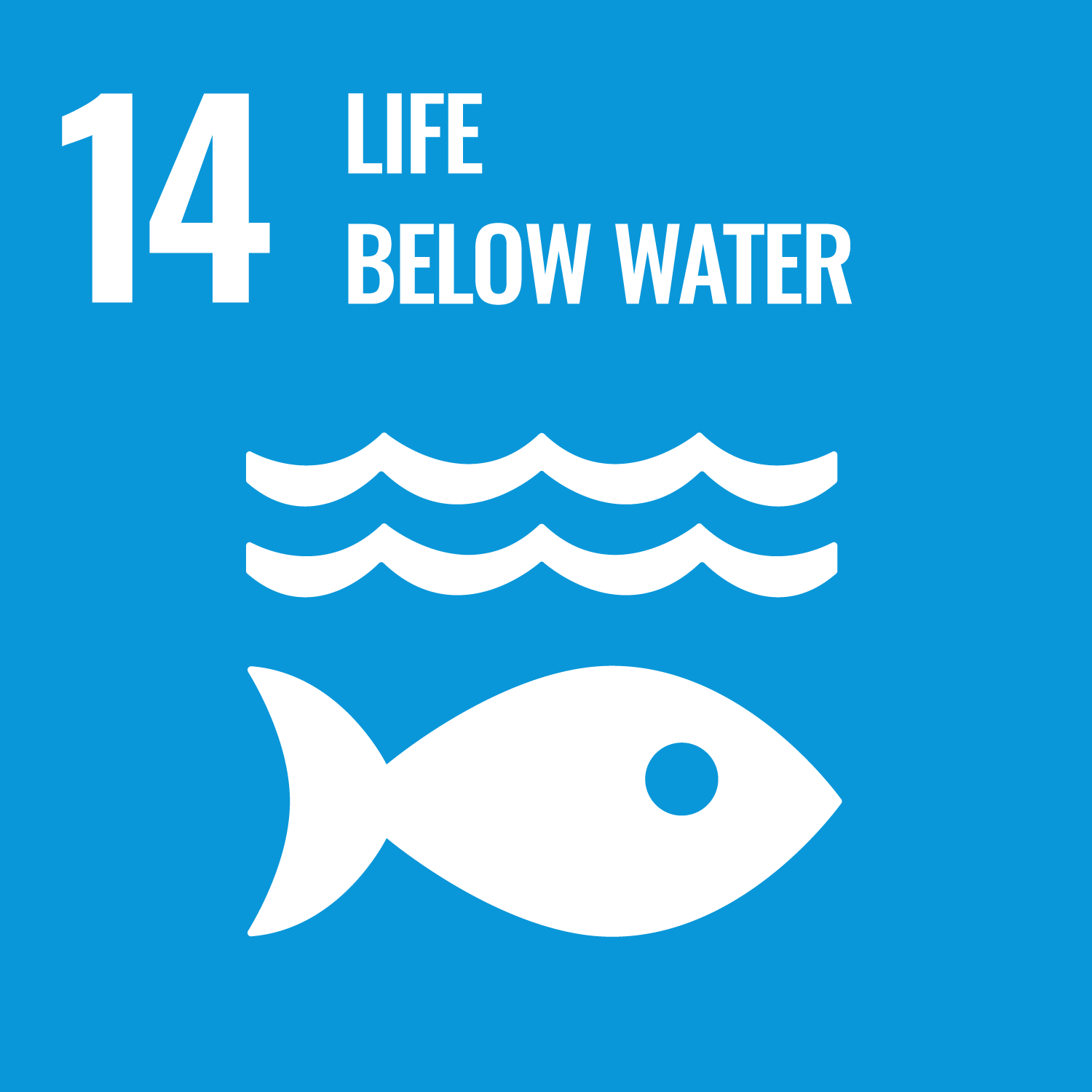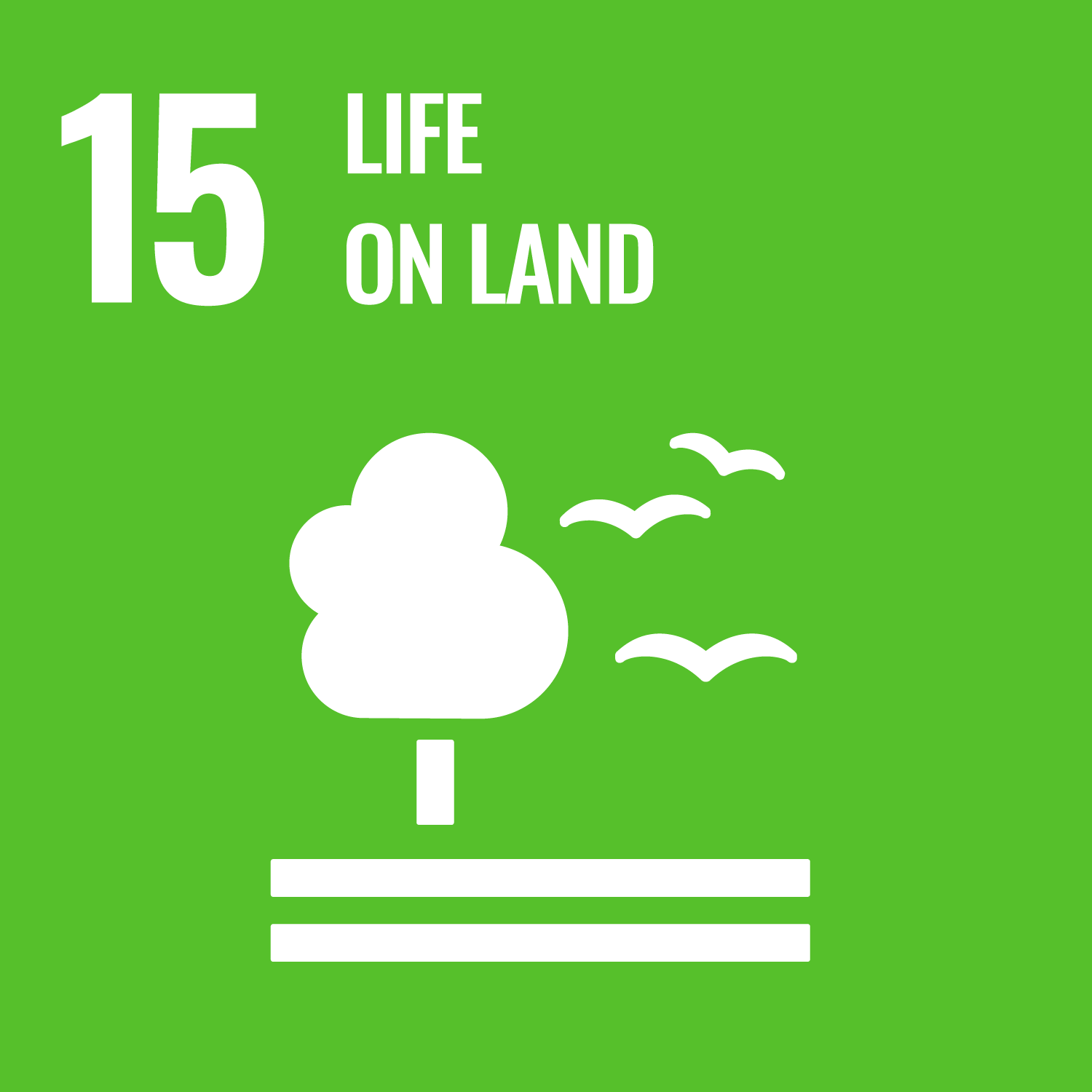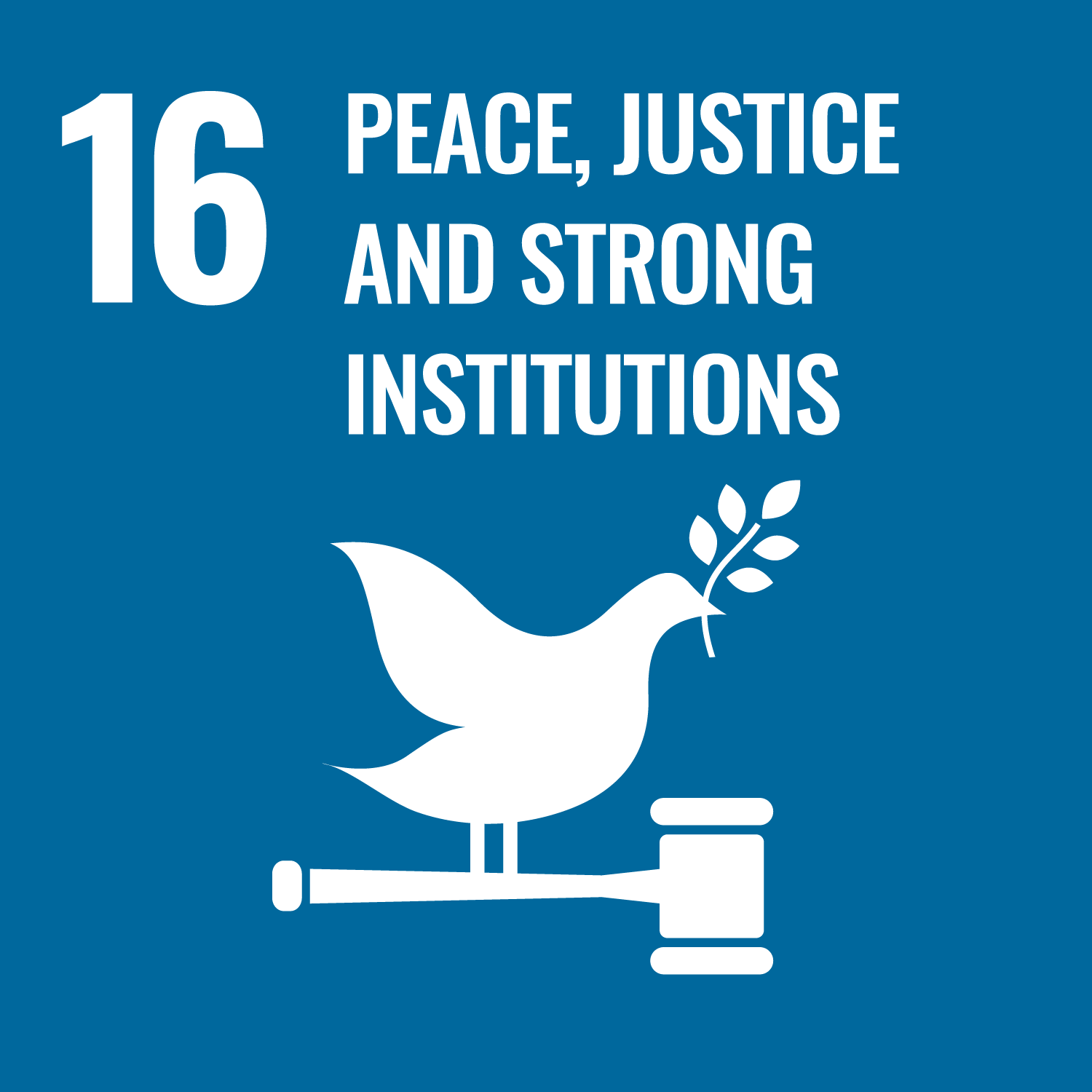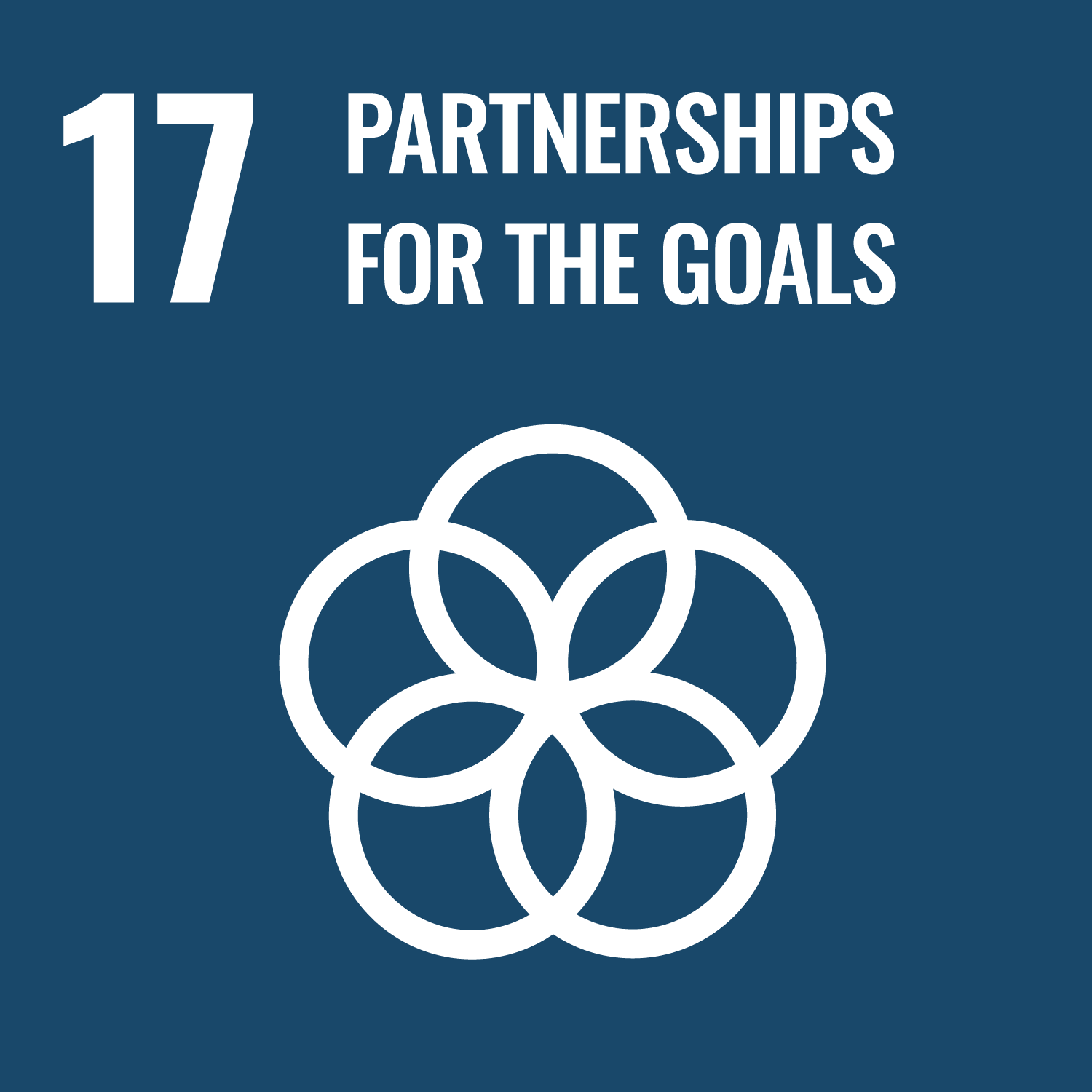The street vendor Nereide Fernandes, 49, had her life strongly affected by the COVID-19 pandemic, as well as a significant portion of the Brazilian population. Living in São Paulo, Fernandes lost her job and faced difficulties to take care of her 2-year-old daughter Melissa, who has Down syndrome.
She and her husband, Araciaene Ferreira, 49, also a street vendor, struggled to get by, were not able to buy food or pay the rent. The extreme poverty situation combined with the stress of isolation and the fear of infection contributed to stir down spirits at home.
Conditions only eased in mid-2020, when the couple started receiving emergency aid from the government and the help of NGOs and neighbors. “I receive donations of food, toys. Nobody is so poor in Brazil that they can't help others,” says Fernandes in an interview with the UNDP Brazil.
The difficulties of social isolation were also mitigated by the Happy Child Program, a federal government initiative supported by the Joint SDG Fund aiming to boost early child development in vulnerable families through home visits. During the pandemic, such visits have taken place mainly remotely.
By phone or internet, trained professionals of the Program recommend activities and games to stimulate children's cognitive development, motor coordination and communication. “I get two to three suggestions of activities a week, and I do them every day. When I have doubts, I send a message,” says Fernandes, who uses her neighbor’s internet connection.
Fernandes says the Program contributes to organizing her daughter's routine during the pandemic, guarantying her development even in a situation of social isolation and financial difficulties.
“Often, we have doubts about how to take care of Melissa because of Down's syndrome. But we learned from the Happy Child Program that she is totally independent. Just a little patience is enough to explain and teach,” she points out.
“Those activities are very good because they make time fly, while we are taking care of the child. It is positive for us too, once it helps to lift the spirits,” says Fernandes, whose husband receives treatment for neurological disorder, which intensified during the pandemic.
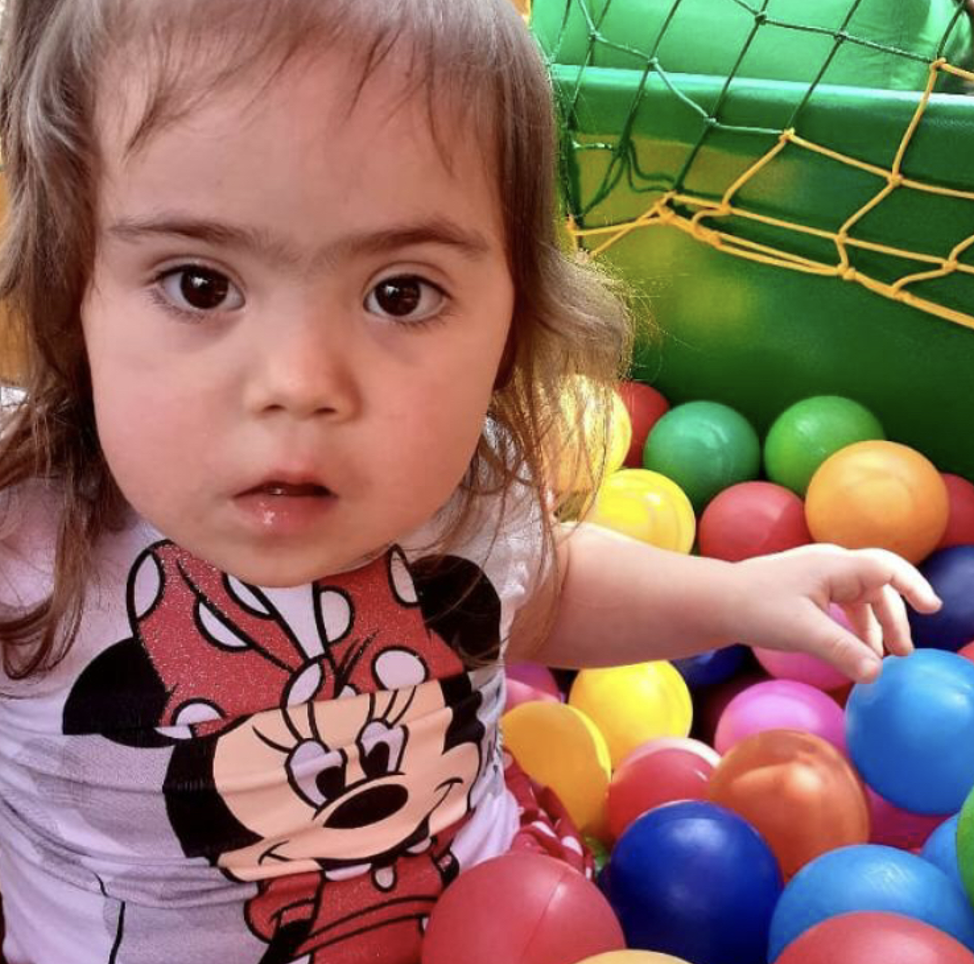
Tainize Silva dos Santos, 21, works as a fisherwoman in the state of Bahia. Her son, Alessandro, 1, is also a beneficiary of the Happy Child Program. Santos has the support of the boy’s grandmother to reconcile the work of catching shellfish and taking care of the child.
In the pandemic, sales of the product fell sharply and, currently, Santos fishes only for the family's consumption. Inhabiting a two-room residence, she carries out the activities suggested by the Happy Child every day.
“I only have the time at night because, during the day, I organize the house, I go fishing. But Alessandro is evolving well. The Program helped a lot, the child feels encouraged. He became more perceptive, started to hold the pencil and now paints by himself.”
The kits distributed to beneficiaries include colored pencils, papers, balls, paints, modeling clay, among other things. The initiative serves around 900,000 children in almost 3,000 Brazilian municipalities.
Research released in January in the scope of a UNDP project with the Bernard van Leer Foundation showed that, despite the difficulties generated by the pandemic, the Happy Child Program continues to be well evaluated by the families. The study carried out 128 interviews last year with supervisors, visitors, caregivers, family members and local leaders from six Brazilian cities.
Among the main conclusions, the report indicated that there was an improvement in the communication between caregivers and children, intensification of family bonds and a greater perception of the importance of stimuli for child development. Among the challenges mentioned in the study were unavailability of time - mainly due to the work overload for mothers - the lack of space in the homes and the low engagement of men in the activities.
Since the beginning of the pandemic, the beneficiary families have had to make a series of adaptations to their routine, once the activities previously conducted by the visitors started to be carried out by mothers, fathers, and caregivers.
“We find a way to play inside our house, which is very small. We tie one chair to the other with a clothesline with colorful clothespins. Then we tell her to get one of each color,” declares Fernandes. “We also use cardboard to cut and paint. We even have a task to do right now: to help Melissa identify a full and an empty box. Another activity serves to stimulate sensitivity, make her sense dry and wet, hot and cold,” she reports.
Watch Melissa doing the activities suggested by the Happy Child Program

